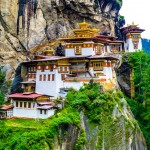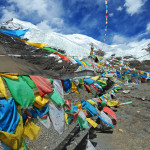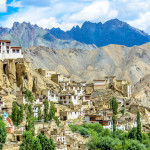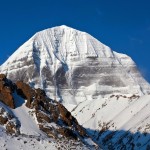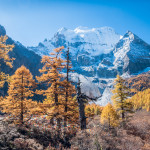Read through this post to learn more about us, what our goals in tourism are, why ethical tourism is so important and why you should use us.
Please consider partnering with us on our COVID-19 Himalayan Relief Fundraiser. Go to the following link for details on how to give:
2020 COVID 19 HIMALAYA RELIEF EFFORT
Over the years our travel blog, The Land of Snows, has grown considerably. In this post, we will share a little more about how it got started, why it exists, what we do and why you should trust our travel advice. If you have joined us on one of the journeys we lead in Tibet, you have heard all of this, in much further detail. But we think it is important for everyone reading through our site and emailing us for advice to know a bit more about us, how this all started, what we do and why we do it.
If you have questions about traveling in Tibet, Nepal, Bhutan or Ladakh, send an email at: info@himalayajourney.com
For our client reviews, please go to the following page: Himalaya Journey Reviews
How it all started
Wanting to find a tangible and real way to help the Tibetan people, Himalaya Journey owner Jamin “Lobsang” York worked for a Tibetan-run non-government organization (NGO) in the early 2000’s that had an emphasis on education and cultural preservation. The founders of this NGO, who were all Tibetan people, were mostly retired government leaders from eastern Tibet who had a deep desire to see their people be brought out of severe poverty and to see their people be given opportunities in life that previous generations didn’t have. It was difficult for this group of Tibetans to set up this NGO, but against the odds, they succeeded. The NGO then reached out to a group of Americans and British for assistance in supplying teachers at the school. That is how Jamin became involved…working as an English teacher. The school had programs for Tibetan adult students to learn how to use a computer, how to read and write their own language, how to speak and write basic Chinese and how to speak English.
The school started with just a small number of students. But word quickly spread across the Tibetan Plateau….from Amdo to Lhasa, from Kham to Everest…..that there was an English school offering extremely low tuition (in many cases, free tuition) and expert foreign teachers. After just a few years, the school had nearly 200 adult students, ranging in age from 18 to 40. Some were monks, some were nomads, some were farmers. All of them were excited to learn. Jamin spent 3 years teaching at this school and they were some of the best days of us life.
The school offered students a 2 year program that took them from beginner English level to a solid intermediate level. In addition, they took the computer, Tibetan and Chinese courses as they needed them. After the 2 year program, students were given a Certificate of Completion. For many of the students, particularly those from nomadic backgrounds, it was the first time they had ever achieved anything academically. Jamin clearly remembers one specific student, a nomad man from the Ngawa region, writing him a letter in English after his 2 year program was completed, telling Jamin how much he appreciated having him as a teacher (Jamin taught him for 4 straight semesters). Due to the huge family workload, this student had to drop out of school in Grade 4 (about age 10) to work herding the yaks. He had never returned to school. At age 23, he earned his 2 year Certificate of Completion from our school…..a moment that he (and Jamin) was immensely proud of. More than 12 years later, this former student is still one of Jamin’s closest friends.
However, one of the big problems that Jamin noticed was that even with their 2 year Certificate of Completion, it was extremely difficult for Tibetans to find jobs. Many of the students at the school were hoping to find jobs in the growing tourism industry on the Tibetan Plateau. They were wanting to work as English speaking cultural and trekking guides, private drivers catering to foreign travelers or were wanting to open small hotels and guesthouses or even open up restaurants serving Tibetan and Western food. These jobs and opportunities were definitely plentiful, but few were going to Tibetans. Most were going to Chinese who were coming from eastern China to start these businesses while employing only Chinese staff, leaving Tibetans to wonder how they could benefit from tourism to Tibet. To this day, the vast majority of tourism jobs in Tibet are NOT held by Tibetans. It is very difficult for Tibetans to find jobs working in tourism in Tibet.
So, Jamin spent about 18 months brainstorming ideas that could get Tibetan people more involved with tourism in their region and land…..More on this in a moment.
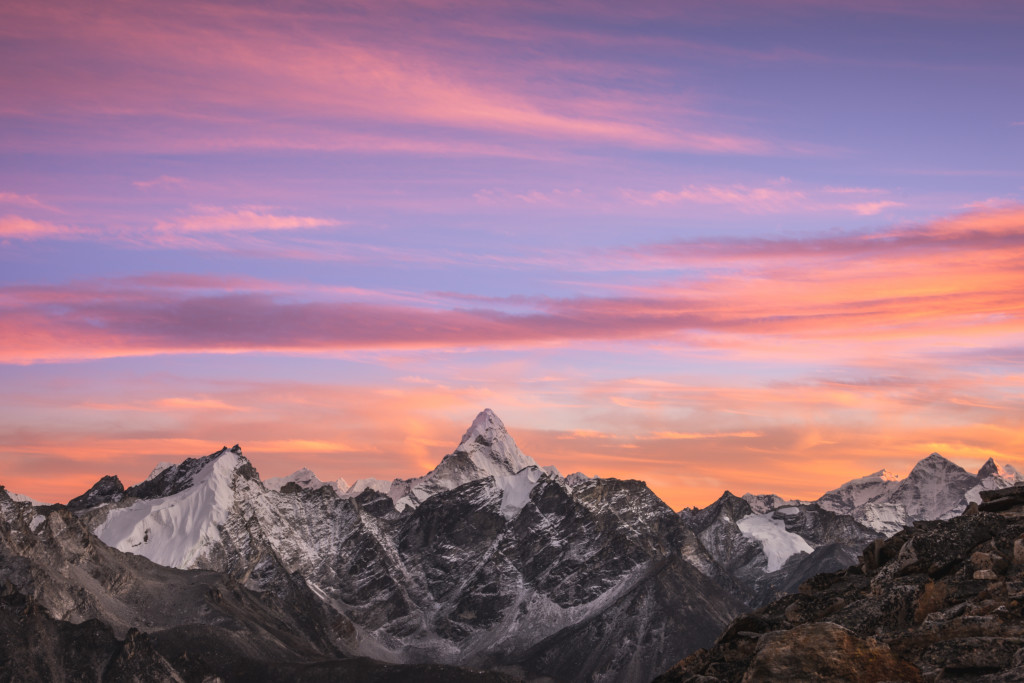
15 years spent traveling around Tibet
Any time Jamin had even the shortest break from working at the NGO (and the 2 years he spent in university in eastern Tibet before that), he would take off and go traveling across the high plateau. All of his friends were Tibetan so many times he would simply travel to their hometowns and stay with their family…..a great way to learn more about Tibetan culture. In the eastern Tibet regions of Amdo and Kham, he would use public buses to travel all through the nomadic regions like Golok, Yushu, Gannan and Tsolho. He would frequently travel to Lhasa (haha….both legally and illegally!). In the old days, the main way to get to Lhasa was by bus from Golmud. Jamin cannot tell you how many times he has taken that bus across the plateau to Lhasa! And the epic bus ride from Xining to Yushu? Yeah, he has done that route nearly 40 times…..and his body reminds him of it everyday! Finally in 2009, he bought his own 4WD vehicle so he could retire from taking those back-breaking multi-day bus journeys and drive himself around! Perhaps you have come across him driving somewhere in the remote mountains of Tibet.
Jamin traveled anywhere and everywhere in Tibet. In the early and mid 2000’s, the travel regulations for the Tibet Autonomous Region (TAR) were much different than they are today. You used to be able to make your way to Lhasa and then put together a group of travelers to go to places like Everest, Kailash, the Nepal border or even to Xinjiang. You still needed a travel agency to arrange a private vehicle for you, but permits took days to arrange, not weeks to arrange like they do now. You would simply put up notices at the popular guesthouses and hotels stating when you were leaving, how much the journey would be per person and where you were staying. So, Jamin spent every free minute traveling across Tibet. Over 16 years later, and he is STILL traveling across Tibet with any free time that he has! He has been just about everywhere in Tibet and most places he has been to dozens of times. He has traveled overland across Tibet for nearly 400,000 kilometers (250,000 miles). He now has friends in just about every remote corner of Tibet. All of the travel advice that Jamin gives to people comes directly from his own vast travel experiences in Tibet….not just from a guidebook or hearsay….but from firsthand experience.

Wanting to give accurate Tibet travel information to you
Tibet, for many reasons, has always appeared to be a difficult place to travel to. There is SO MUCH conflicting information about Tibet on the internet, in guidebooks and from travel agencies. Even today, it can become overwhelming trying to figure out the travel regulations…..do you need a group tour? How do I get a permit? Can I travel by public bus? Do I have to travel with a group from the same nationality? Can I take the train to Lhasa? To be fair, guidebooks would write the updated travel regulations in their research, but by the time the guidebook actually hit the store shelves 6 months later, the travel regulations had changed a half dozen times! Certainly no fault to the guidebook companies, but still, how frustrating!
So, in 2005 Jamin started a very simple website where he would post the current travel regulations for Tibet along with info on how to get to Tibet, what travel agencies to use what travel routes to take and other helpful info to assist travelers. He would get the travel regulation information directly from his friends working in tourism in Lhasa, who were at the Tibet Tourism Bureau (government office that regulates tourism in Tibet) everyday. The other information came from his vast travel experiences. Jamin never would have imagined that his website would become so popular! His goal was simple: To assist travelers, free of charge, in planning their journey to Tibet.
Within 18 months, his simple website was getting 200+ unique visitors per day. By 2011, it was receiving nearly 600 visitors per day and he began receiving thousands of emails each year from travelers asking him for travel advice on their upcoming journey. In 2011, he updated my website and renamed it The Land of Snows. Now, he gets an average of 1200 visitors per day and over 4000 emails per year from travelers across the globe asking for assistance in getting to Tibet as well as to Bhutan, Nepal and Ladakh. He answers over 95% of these emails FREE OF CHARGE and has helped many tens of thousands of travelers get to Tibet….maybe more.
Jamin doesn’t put any annoying ads on his website, does not have a PayPal account associated with my site for people to give tips and he never charges anyone for travel advice…even for some people who send him dozens of emails while planning their trip. In fact, 90% of the time when he meets travelers in Tibet that he has assisted, he offers to buy them dinner or a drink. Jamin has a lot of joy and fulfillment in assisting travelers in visiting Tibet….his adopted home.
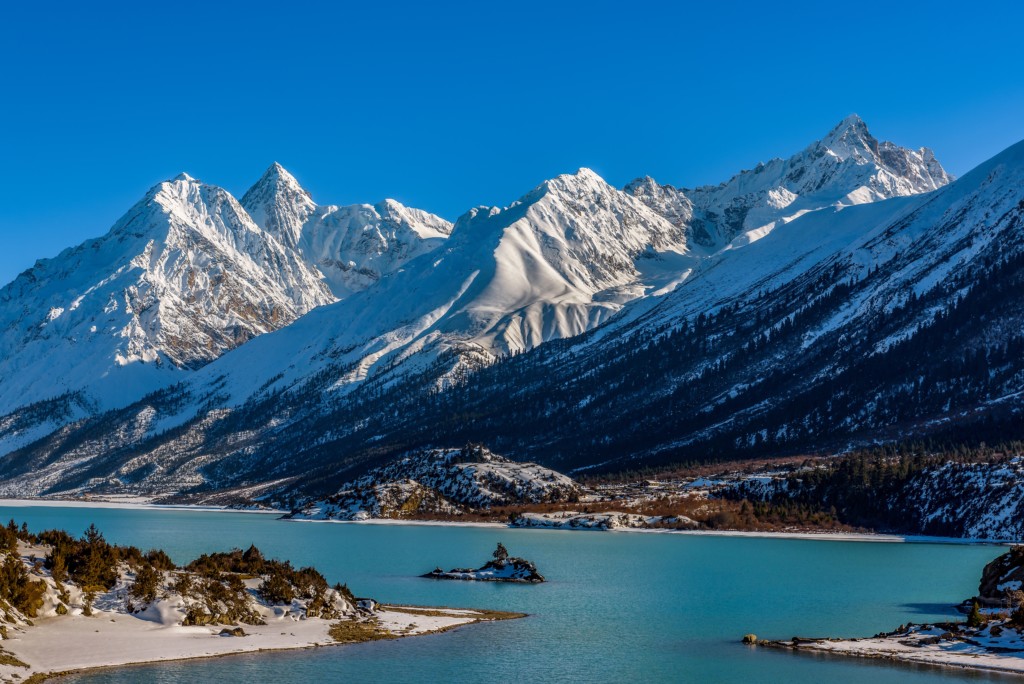
Himalaya Journey: A way to help the Tibetan people
So, getting back to the rest of the story……The students at the NGO school where Jamin worked received a Certificate of Completion after finishing 2 years of study at our school. Unfortunately, this certificate did little in assisting these Tibetan students in getting a job. Many of the students at our school did not have a diploma from high school, as they had to drop out of school at a young age to held tend the family’s yaks and sheep. Because of their lack of formal education, and due to Tibetans being discriminated against, getting good jobs can be extremely difficult. So, he came up with a plan to help the Tibetan people.
In 2006, Jamin came up with a plan to start a travel agency arranging tours across Tibet while employing students who had either graduated from the school or were in their second year of the program. By 2006, he had already traveled extensively across Tibet, knew the tourism regulations for Tibet better than anyone, had a travel blog that was becoming more and more well-known and knew plenty of Tibetans who were eager to work in tourism in their native land. His goal was to teach these Tibetans how to work in tourism and pay them a good wage.
His first company, Tibetan Connections, specialized in small-group journeys across the Tibet Autonomous Region (TAR) as well as the eastern Tibet regions of Amdo and Kham. Most of the clients were lower budget/backpacker-style travelers. The company quickly become VERY popular and our first year saw them far exceed their goals. All of Jamin’s staff were Tibetans, most of whom were either studying at the NGO school (where he still worked at while running Tibetan Connections) or had recently graduated. Many of his staff came to him with the goal of owning their own travel company. Jamin hired them, trained them and after a couple of years, happily sent them off to start their own company….not looking at them as competition, but being thankful that he was able to help them learn a business that they could continue working in.
In late 2009, Jamin sold Tibetan Connections, which is now owned by a great Tibetan guy who specializes in eastern Tibet. He sold it because he wanted to live in a different region of Tibet (Kham) and wanted to focus on more mid-range and higher end journeys in Tibet and wanted to expand to include nearby Bhutan, Nepal and India (all areas that he had also thoroughly explored). In early 2010, he started a new company, Himalaya Journey. Jamin personally leads 3 or 4 photography and cultural journeys each year through Tibet and then arranges a further 40+ private journeys per year in Tibet, Nepal and Bhutan.
As it was with his first company, all of the staff in Tibet with Himalaya Journey are local Tibetan people. As Jamin has spent nearly 15 years living in Tibet, he knows many Tibetans and choses to work with only the best. All of his guides, drivers and office staff are all Tibetans…something that few companies focusing on Tibet tourism can say. In Bhutan, all of the staff and partners are local Bhutanese…same in Nepal. Providing jobs for local Himalayan people and arranging quality journeys for clients are our 2 top objectives.

Ethical and responsible travel in Tibet
As stated above, the vast majority of tourism jobs in Tibet do NOT go to Tibetan people, but to Chinese people. Jamin recently did a Google search for companies specializing in tours to Tibet. Less than 30% of the top 25 companies listed were actually Tibetan owned and staffed. Many companies will try and pretend that they are Tibetan-owned and staffed by having their staff wear Tibetan clothing, but in reality, they are Chinese owned and employ mostly (if not all) Chinese staff. Every year, we see more and more foreign travelers in Tibet who have a Chinese tour guide, not a Tibetan guide. The Chinese guides, who cannot speak a word of Tibetan and know almost nothing about Tibetan culture, history and religion, regularly tell foreign clients wrong information on Tibet.
The goal of The Land of Snows and Himalaya Journey is to practice the most ethical tourism possible in Tibet so that local people benefit from you traveling there. Though Jamin is originally from the US, ALL of his staff are Tibetans. Every….single….one. In addition, our clients stay at Tibetan-owned hotels and eat at Tibetan-owned restaurants so that the vast majority of your tourism money goes directly into the hands of local Tibetan people. As we shared above, most of the top travel agencies on Google are Chinese owned. In Tibet, they have their clients stay at Chinese owned hotels rather than Tibetan-owned hotels. To us, it is an injustice that so few Tibetans can benefit from tourism. Our goal is to change that by employing only Tibetans and using as many Tibetan-owned businesses in Tibet as possible so that your tourism money goes directly to the Tibetan people.
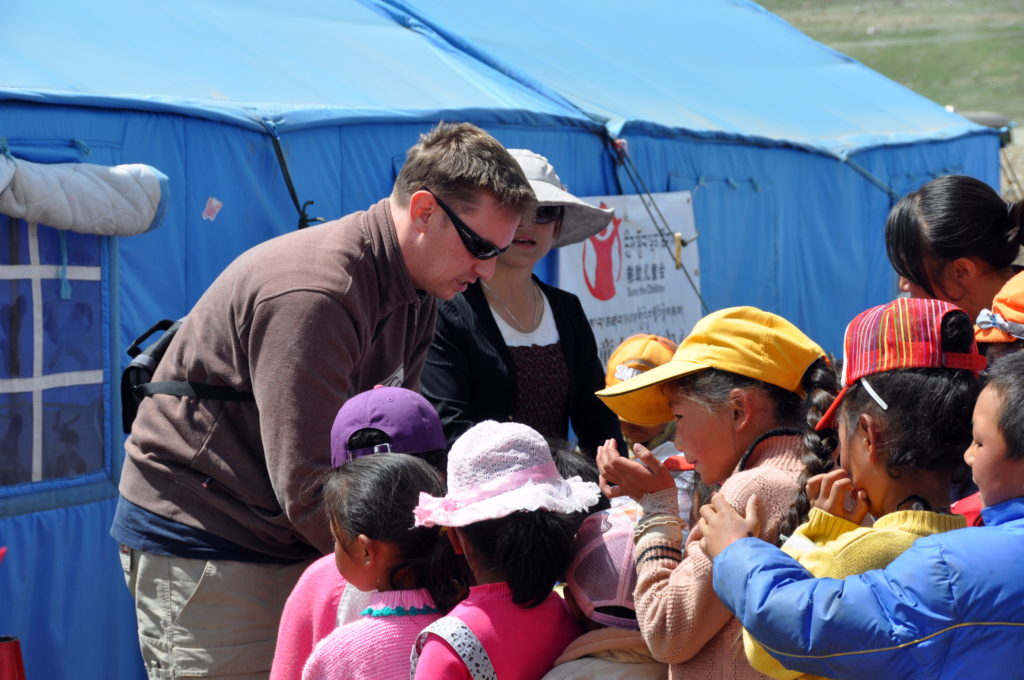
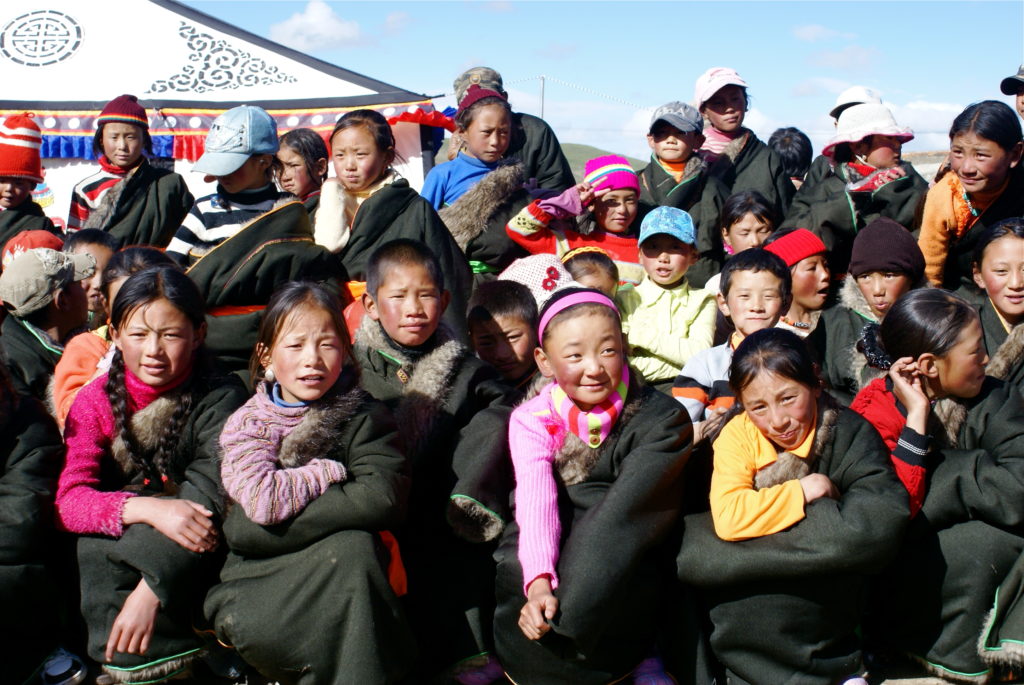
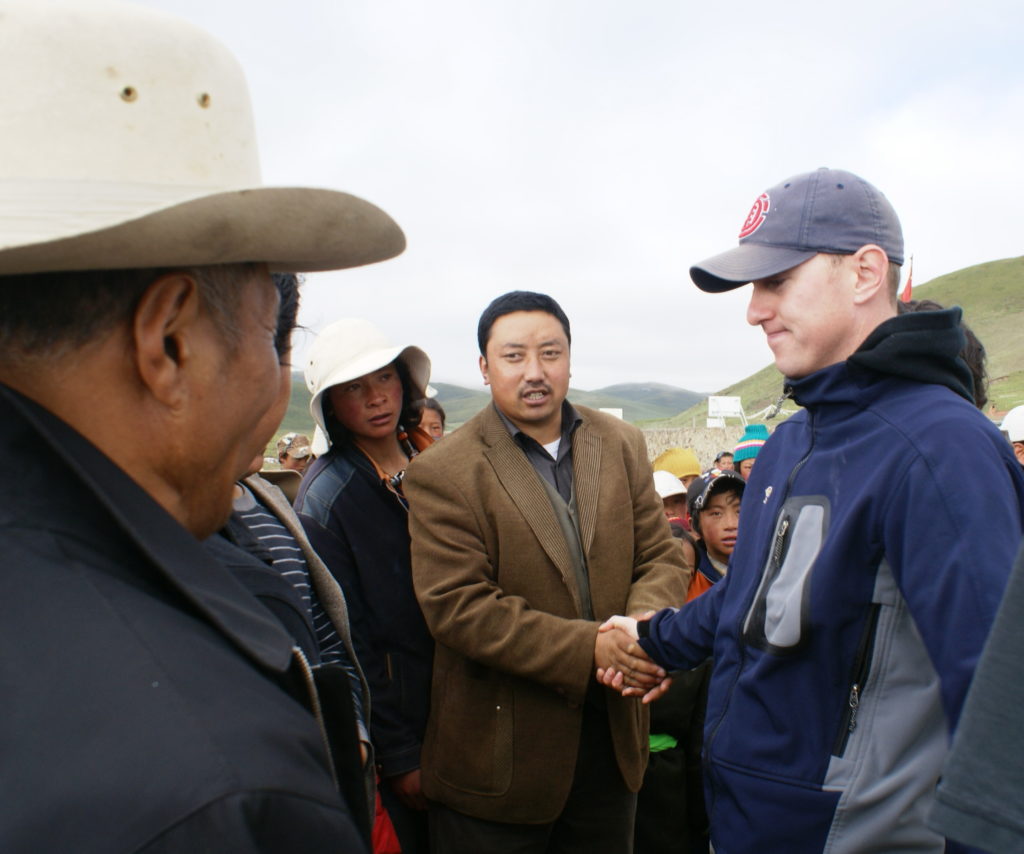
Giving back to the community
From the first days of owning his first company in Tibet, giving back to the community has been a TOP priority. We set aside money from EACH journey that we arrange to be put towards some project in Tibet that benefits local people. Here are just some of the projects we have been able to carry out over the years:
Winter Coat Project: In the winter of 2007-2008, heavy snow fell across the nomadic areas of eastern Tibet. Many areas received more than 2 meters (6 1/2 feet) of snow, which along with extreme freezing temperatures, killed tens of thousands of yaks. Yaks are the main source on income and food for local Tibetans. We carried out a project in the worst hit area so that 325 elementary-aged children received a free winter Tibetan-style coat along with new shoes, socks and winter hats. We also got the school several footballs and basketballs along with a much-needed copy machine.
Yushu Earthquake Children’s Project: In April 2010, a devastating 7.1 magnitude earthquake hit the Kham Tibet town of Jyekundo (Yushu). Jamin was living there then with his family and knows the horrible nightmare that it was. Officially, 2689 were killed. Unofficially, the death toll was around 20,000. It was a miracle that we survived. The earthquake left 70,000+ people homeless and many hundreds of children orphaned. Partnering with the Lhasa branch of Save The Children, Jamin set up camp among these homeless people and carried out projects with the children including giving out clothing and food and working with the day camps that Save The Children set up to help keep these displaced children occupied throughout the day.
Yushu Earthquake Feeding Project: The Yushu Earthquake left behind many hundreds of orphaned children. Most of these children were taken in by extended family members, but because the region is so impoverished, these families struggle to financially take care of another child. An NGO from Taiwan set up a program where these orphaned children could eat 3 healthy meals each day, right at the campus of their school. Jamin was introduced to the leader of the NGO in the summer of 2012 and instantly knew that we were to assist in this project. Along with some other friends, we were able to donate enough money to fund this feeding project for nearly 6 months.
Tibetan Small Engine Repair School: Across Tibet, most of the skilled labor jobs, including large and small engine repair, do not belong to Tibetans, but to Chinese. Tibetans, because they usually cannot speak Chinese and do not have the money to go to vocational school in faraway Mainland China, simply don’t have the opportunities to learn how to do engine repairs. In 2013, we partnered with the Kunpen Vocational Training Center to bring a certified mechanic from Mainland China to Tibet to teach Tibetans how to do small engine repair. We helped pay for this course in engine repair that was offered to a large number Tibetans from the nomadic region of Trindu (Chengduo). These Tibetans took the course FREE of charge. Because of this, numerous jobs have been created for Tibetan mechanics who can do small engine repair on both small cars and motorcycles.
Rural Homestay Training: In the summer of 2014, Jamin was asked to give a training in how to operate homestays in rural Tibet. In rural Tibet, there are often no hotels for travelers to stay at. So, a group of local people contacted him to give a seminar in how to operate and manage simple, but clean homestays. This not only offers travelers a pleasant place to stay in rural areas of Tibet, but helps Tibetan in these poor regions to earn a little more income as well.
Creating Jobs for Physically and Mentally Disabled Tibetans: In 2015, Jamin partnered with a hotel in Lhasa called Tibet Dolma’s Home, which employs a staff that is mostly physically and mentally disabled. The owner, a wonderful woman named Dolma, operates this hotel that also has a restaurant and small gift shop. Her goal is to give physically and mentally disabled Tibetans jobs….something that almost no other company does. Jamin was able to give Dolma and her staff a free training seminar in how to become even better at what they do and give them further business advice in how to hire more disabled Tibetan people.
Tibetan Education Project: Starting in late 2017, Himalaya Journey is now proudly supporting the Tibetan Education Project on monthly basis. We are supporting young Tibetan nomad children from eastern Tibet in paying for their school tuition, food and boarding costs. We encourage you to also consider supporting a child or making a one-time donation to this fantastic organization.
Snow Leopard Trust: Starting from 2018, Himalaya Journey is a financial supporter of Snow Leopard Trust, which is focused on the protection of Snow Leopards in Tibet and across the Himalayas. Snow Leopards are endangered and we at Himalaya Journey want to do our part in protecting these beautiful animals.
These are just some of the projects we have been able to do over the years and have many more planned for the future. One great thing about carrying out these projects is that it has helped to inspire the few Tibetan-owned travel agencies in Tibet to do the same! Some have been doing it all along since starting their company, while newer companies are making it a priority to help their communities. Today, nearly all of the Tibetan-owned travel agencies in Tibet are carrying out yearly projects to benefit their communities.
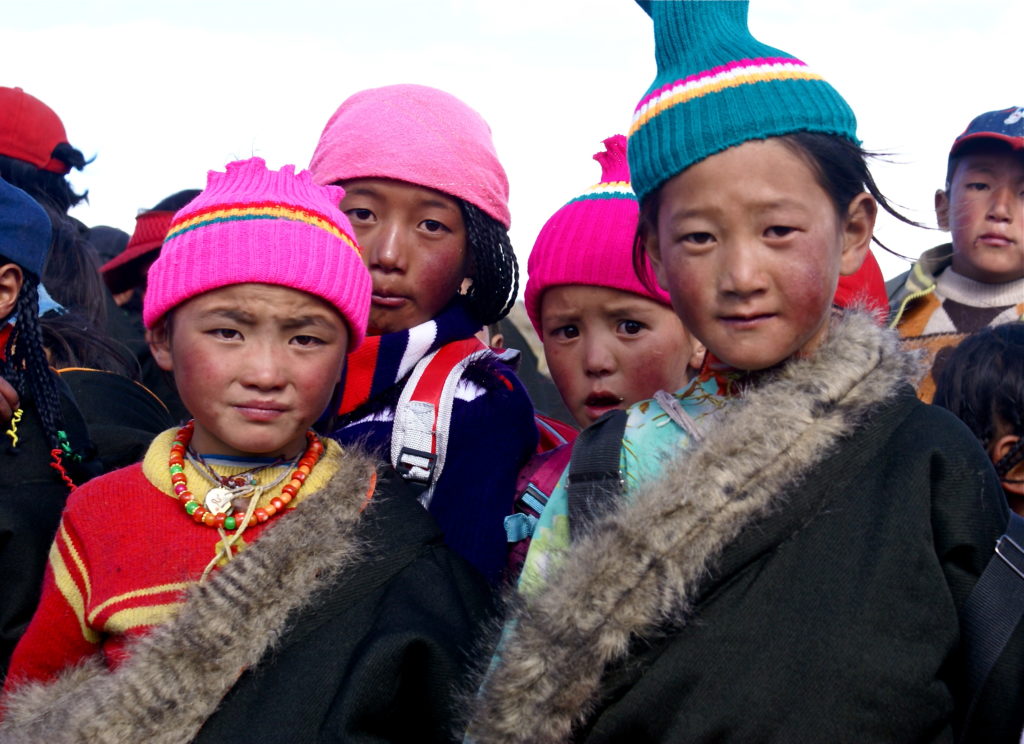
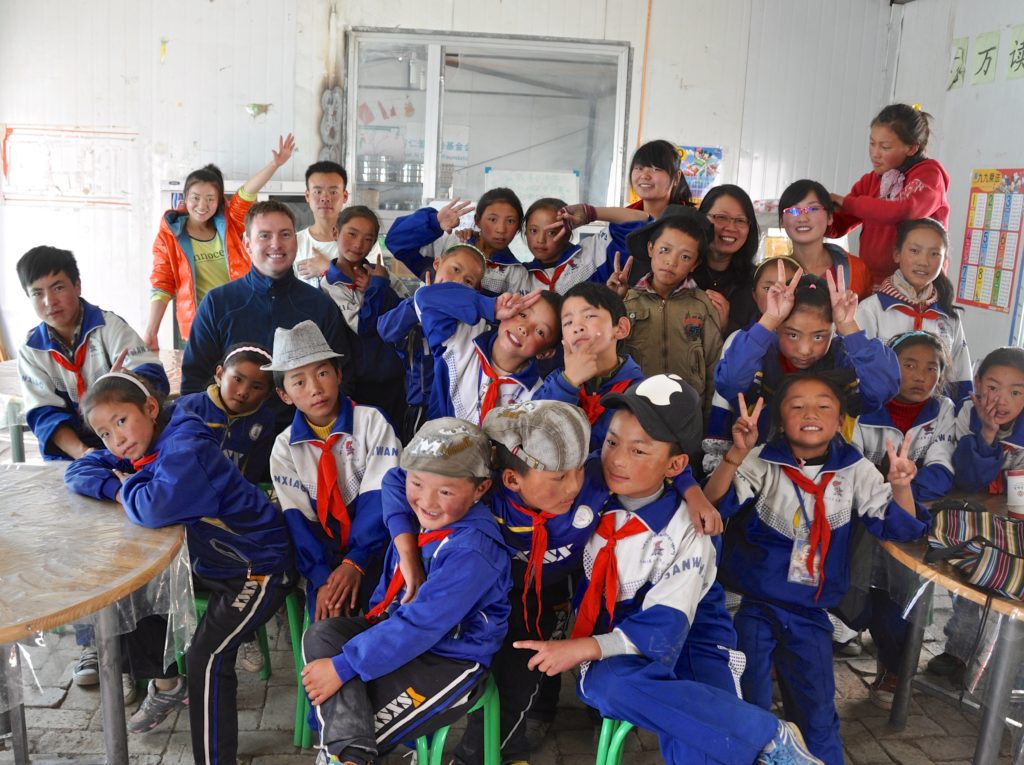

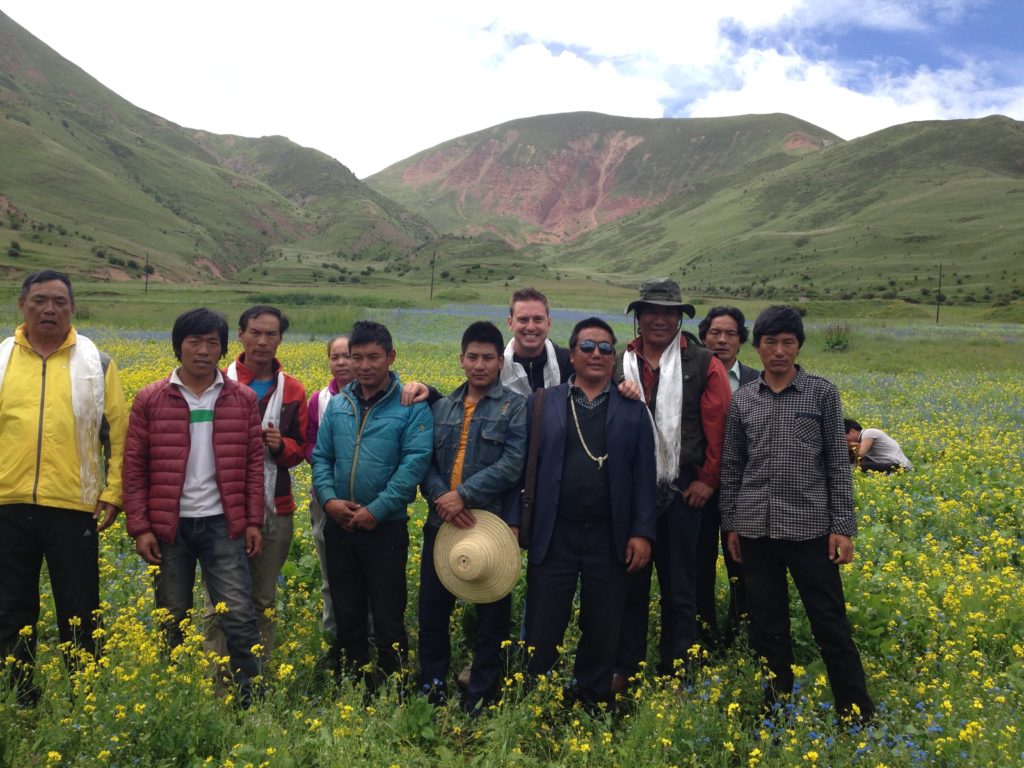
Summary: Why Use Us?
Here is a brief summary of why you should consider either using us to arrange your journey to Tibet or using our free travel advice in planning your journey to Tibet:
- We give FREE travel advice on Tibet to many thousands of travelers each year
- Our expert travel advice comes from nearly 20 years of extensive travel in Tibet
- Our company, Himalaya Journey, employs ONLY local Tibetan people with the goal of arranging high quality journeys in an ethical and practical way
- In addition to employing only local Tibetans, we use as many Tibetan owned businesses during your journey to Tibet (hotels, restaurants, etc) to ensure that your tourism money goes directly to local people
- We regularly give back to local communities in ways that practically help the Tibetan people
- We partner with numerous Tibetan-owned hotels, guesthouses and restaurants in giving business training, marketing advice and general business consulting (free of charge) in order to see more Tibetan businesses succeed.
If you would like our expert help in arranging your journey to Tibet, Bhutan or Nepal, send us an email at: info@himalayajourney.com



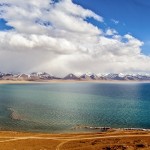 Tibet
Tibet Pakistan
Pakistan Nepal
Nepal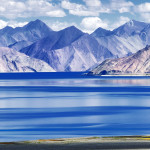 India
India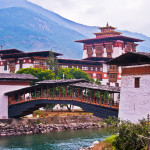 Bhutan
Bhutan October 2024 Nepal Everest Base Camp Trek
October 2024 Nepal Everest Base Camp Trek 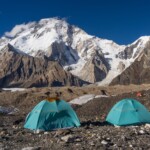 July 2022 Pakistan Broad Peak Climbing Expedition
July 2022 Pakistan Broad Peak Climbing Expedition  June 2022 Pakistan K2 Base Camp Trek
June 2022 Pakistan K2 Base Camp Trek  September 2023 Tibet Snow Leopard Expedition
September 2023 Tibet Snow Leopard Expedition 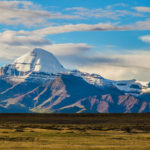 June 2023 Tibet Everest and Kailash Trek
June 2023 Tibet Everest and Kailash Trek  April 2023 Overland from Lhasa to Everest and Kathmandu
April 2023 Overland from Lhasa to Everest and Kathmandu  2022 Mount Everest Adventure
2022 Mount Everest Adventure 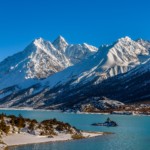 2022 Tibet Tours
2022 Tibet Tours 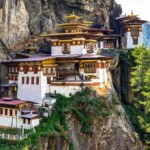 2022 Bhutan Tours
2022 Bhutan Tours 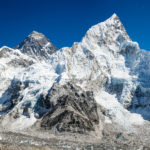 2022 Nepal Everest Base Camp Trek
2022 Nepal Everest Base Camp Trek 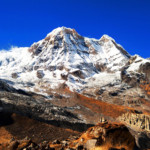 2022 Nepal Annapurna Base Camp Trek
2022 Nepal Annapurna Base Camp Trek 